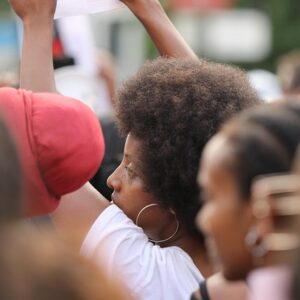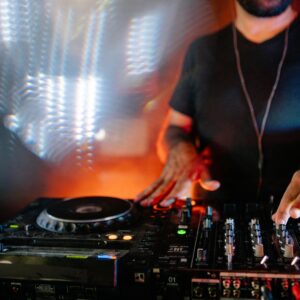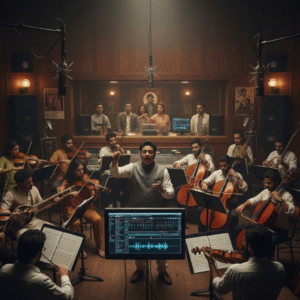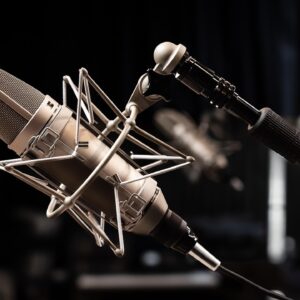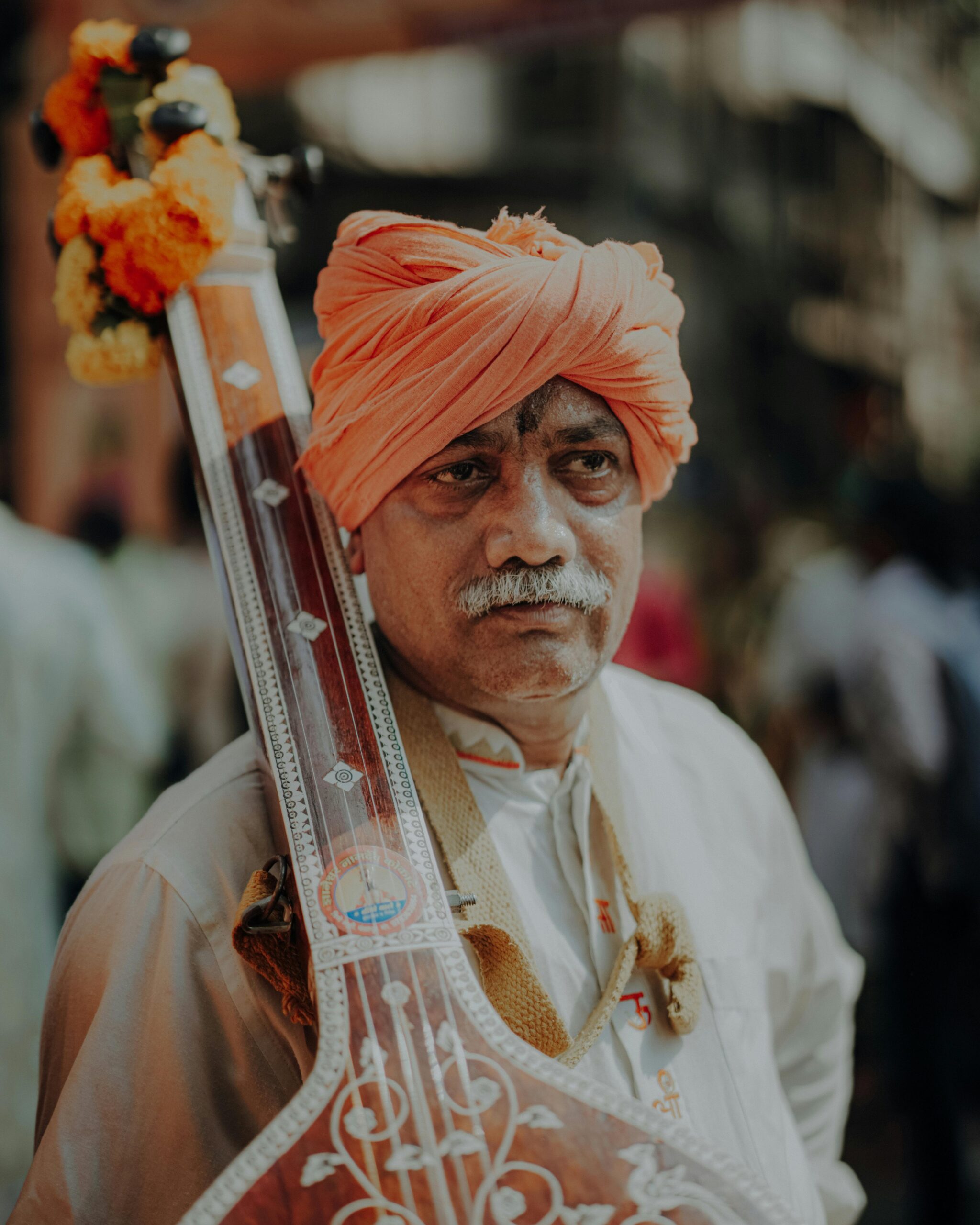Sacred Arts as a Path to the Divine
Music and dance have been integral to Hindu worship for centuries, serving as profound expressions of devotion and spiritual connection. These art forms transcend mere performance, functioning as sacred offerings that elevate the soul and create a bridge between the devotee and the divine. Rooted in scriptures like theNatya Shastraand theVedas, music and dance embody the philosophy ofbhakti(devotion), providing an immersive and transformative experience in the context of worship.
1. Music in Hindu Worship
- Divine Resonance: Music in Hinduism is considered a manifestation of Nada Brahma—the concept that the universe originated from sound. This belief underscores the sacredness of music as a form of divine communication.
- Vedic Chants: The chanting of Vedic hymns and mantras is foundational in Hindu rituals, believed to generate vibrations that purify the environment and invoke spiritual energy.
- Bhajans and Kirtans: Bhajans (devotional songs) and kirtans (communal singing) foster a collective sense of devotion. Accompanied by instruments like the harmonium and tabla, they inspire emotional surrender and unity among worshippers.
- Modern Relevance: The tradition of bhajans has been adapted to digital platforms, enabling devotees worldwide to engage in worship through live-streamed performances and online prayer meetings.
2. Dance in Hindu Worship
- Sacred Movement: Dance in Hinduism transcends physical expression, becoming a meditative act that embodies devotion. Classical dance forms like Bharatanatyam, Odissi, and Kathak are deeply rooted in storytelling and ritualistic worship.
- Symbolism in Bharatanatyam: Known as the “dance of the gods,” Bharatanatyam represents cosmic cycles of creation and destruction, with each gesture (mudra) symbolizing divine attributes.
- Temple Performances: Historically, dances were performed in temples as offerings to deities, with every movement aligned to sacred rhythms (tala).
- Preservation and Adaptation: While temple dancing has diminished, modern performances on global stages continue to convey its spiritual essence, keeping the tradition alive.
3. Philosophy Behind the Arts
- Bhakti and Rasa: The Natya Shastra, the foundational text on performing arts, outlines nine emotions (rasas) that evoke spiritual experiences. Through music and dance, worshippers transcend mundane emotions, experiencing divine bliss (ananda).
- Integration with Rituals: Festivals and rituals often feature music and dance to amplify the sanctity of the occasion. The Garba and Dandiya Raas during Navratri, for instance, symbolize joyous devotion to Goddess Durga.
Conclusion: A Living Tradition
Music and dance in Hindu worship are not merely art forms; they are powerful mediums of devotion and spiritual transformation. They embody the philosophy of connecting with the divine through heartfelt expression, aligning body, mind, and soul with cosmic rhythms.
In an era of technological and cultural shifts, these sacred practices continue to inspire, bridging ancient traditions with modern worship. They remind us that devotion, when expressed through music and movement, transcends time, resonating as deeply today as it did centuries ago.

